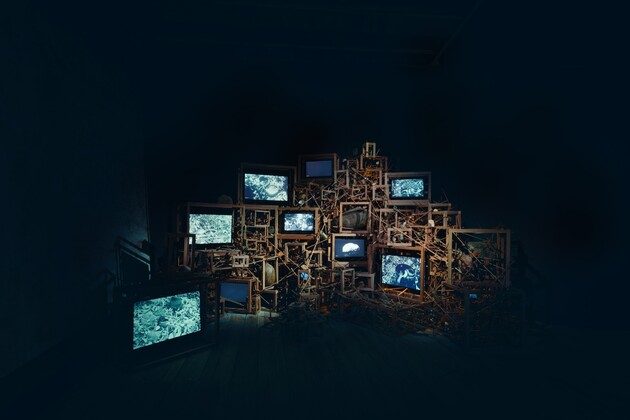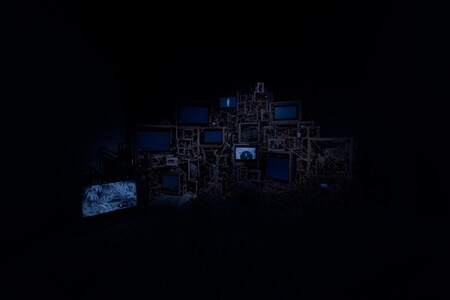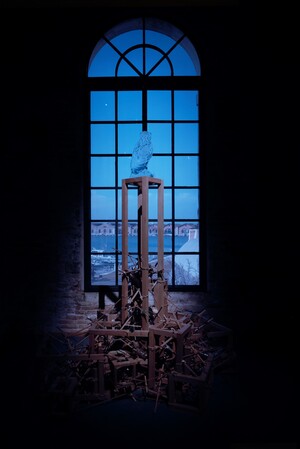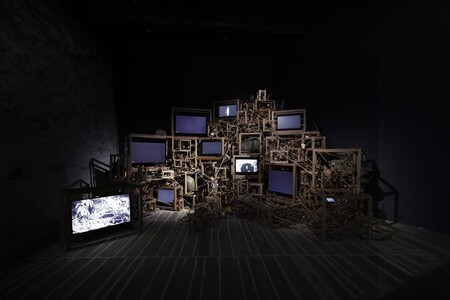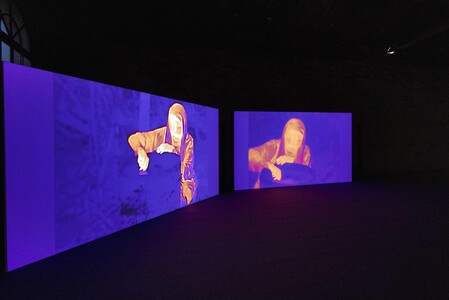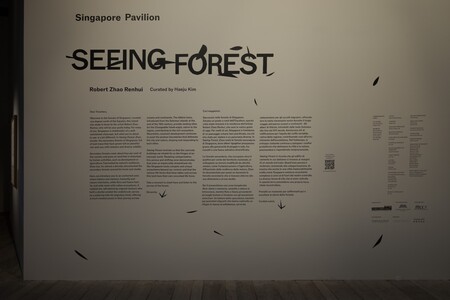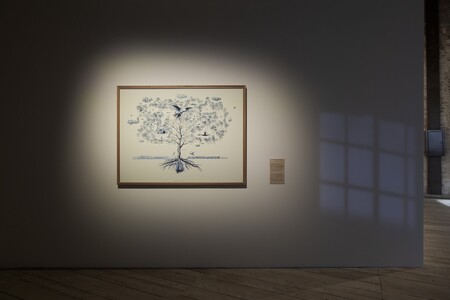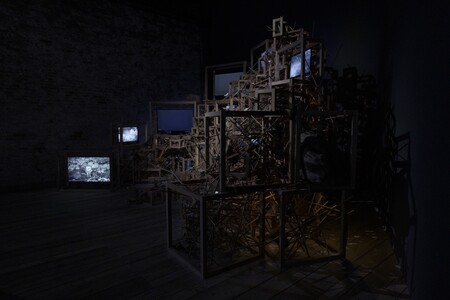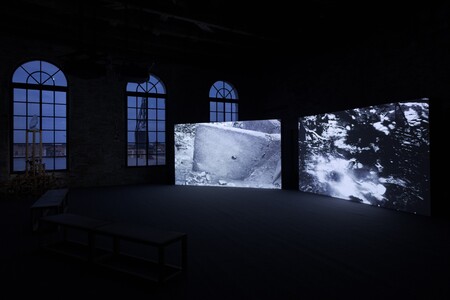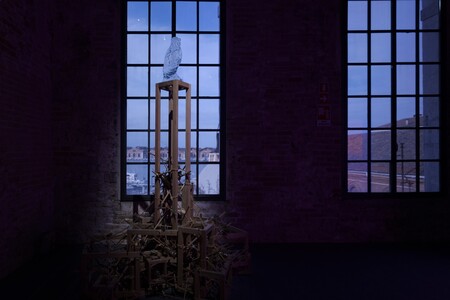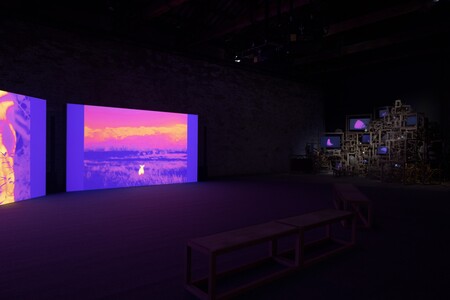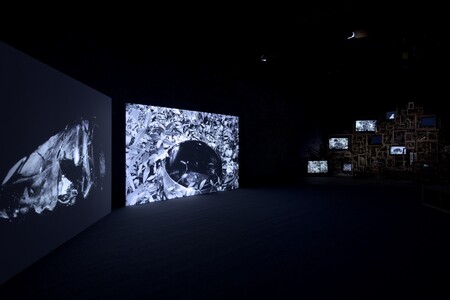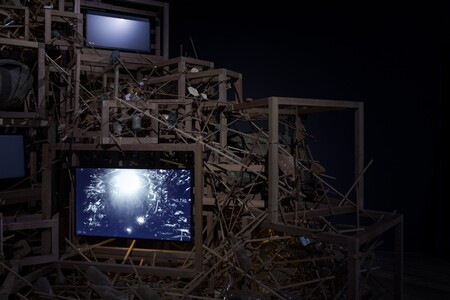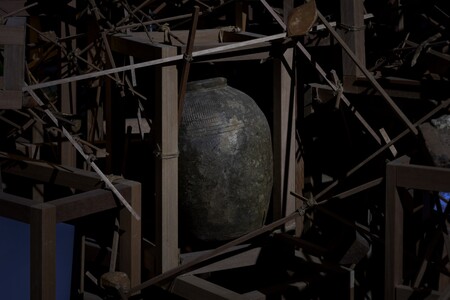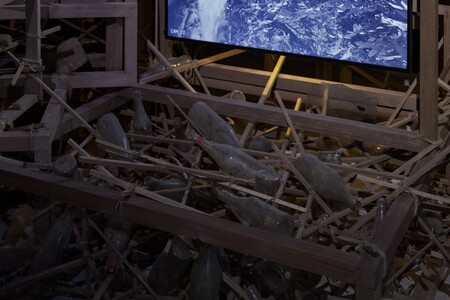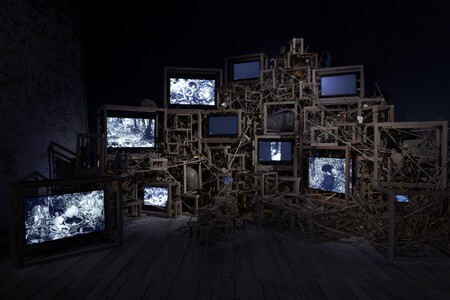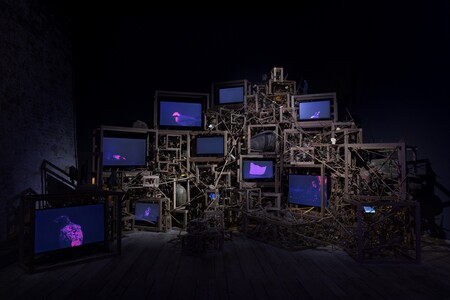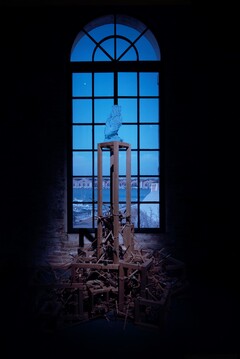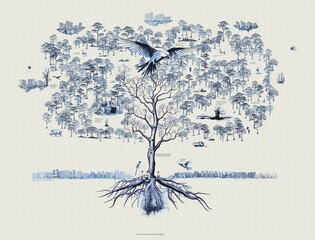Solo Exhibition Arsenale di Venezia, Venice, Italy
Seeing Forest is a project conceived by Robert Zhao Renhui for the Singapore Pavilion at the 60th International Art Exhibition of La Biennale de Venezia.
In Seeing Forest, Zhao offers an evocative exploration of secondary forests—forests or woodland areas that have regrown over land disturbed by human development. Often taken over by plant and animal species introduced to Singapore in the 19th century, these thresholds zones between primary forests and developed urban areas offer insights into a complex web of human and non-human coexistence.
The patient observation of a natural world that we can never fully comprehend is a hallmark of the artist Robert Zhao’s work. Since 1998, under the auspices of his own fictitious Institute of Critical Zoologists, Zhao’s many and varied projects have served as a lens that highlights the resilience of nature and the interactions that result from when it intersects with human life and society. In the last eight years, he has been documenting various secondary forests in Singapore to capture footage of phenomena rarely or never seen before. For this exhibition, the artist’s accumulated observations are condensed and organized into thought-provoking installations that explore the real and imaginal dimensions of such a secondary forest space.
The main work is a two-channel video, The Owl, The Travellers, and the Cement Drain (2024) displaying scenes of the secondary forest: its trees; animals; abandoned tents of migrant workers; birds flying in to drink from a concrete drain; as well as an unstable, fluctuating narrative of two human characters journeying through it. In conversation with this piece is a sculptural video installation Trash Stratum (2024) comprising multiple screens that show various creatures visiting the forest arranged around a deconstructed cabinet of curiosities, which alludes to and destabilizes colonial methods of natural history classifications. Also within this structure are a number of objects that the artist found during his exploration of the forest, such as old bricks and bottles, referring to the presence of human histories that are entangled with natural ones.
Seeing Forest invites audiences to experience the layered complexities and realities of the world around us. We see how the island of Singapore has evolved to the present landscape, revealing some of the ways in which human urban design influenced the natural world and how the natural world responds to it. Seeing Forest reveals how these transitional spaces can offer points of intersection for history, discovery, and sustainability, while suggesting that the edge of a city — especially one that is so carefully planned— may be the most intense frontier in existence.
After Venice, the exhibition will continue at the Singapore Art Museum, opening in January 2025.
More Pictures:
Artist Robert Zhao to represent Singapore at 2024 Venice Biennale | The Straits Times
新加坡参加2024威尼斯双年展 | 联合早报
【城市呼吸|胡锦伟】新加坡次生林,准备前进威尼斯艺术双年展 | 8视界
Robert Zhao Renhui on Representing Singapore at the 60th Venice Biennale | ArtReview
Robert Zhao: Exploring the Boundaries Between Empirical and Enchantment | ArtReview
Photofairs Shanghai 2024 -Booth A28 04.25, 2024 -04.28, 2024

